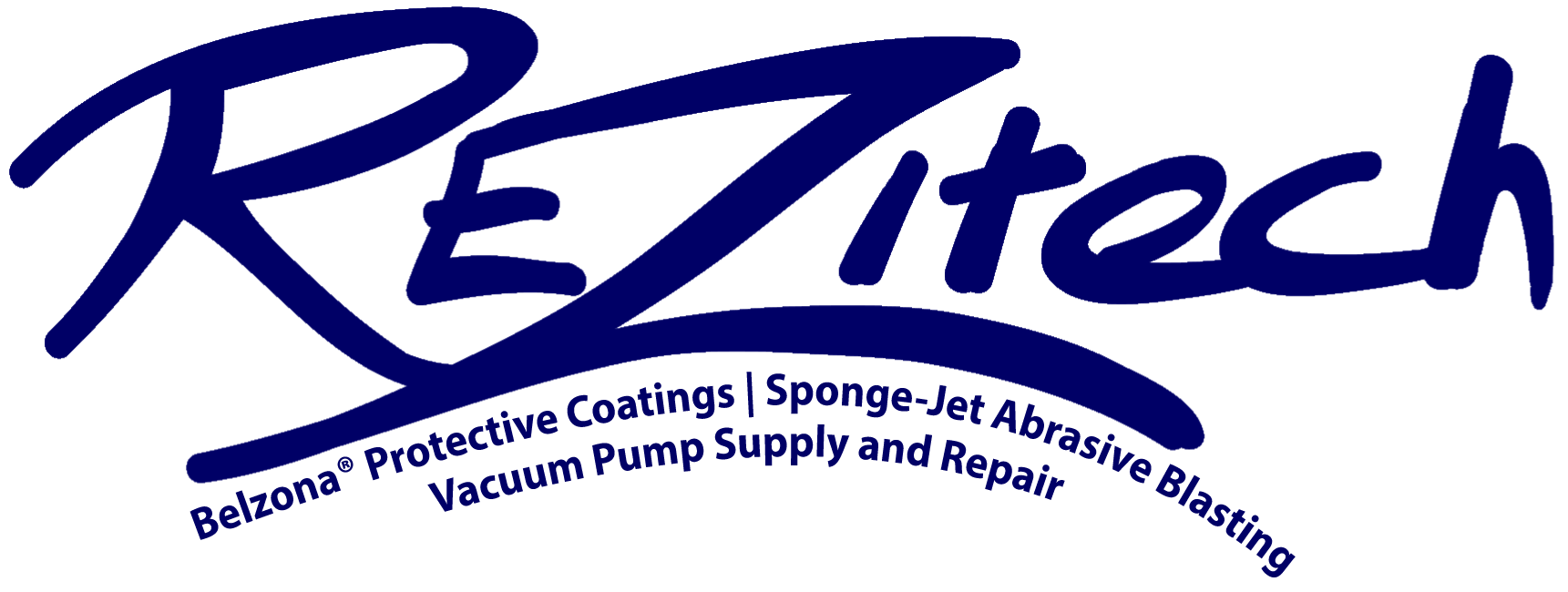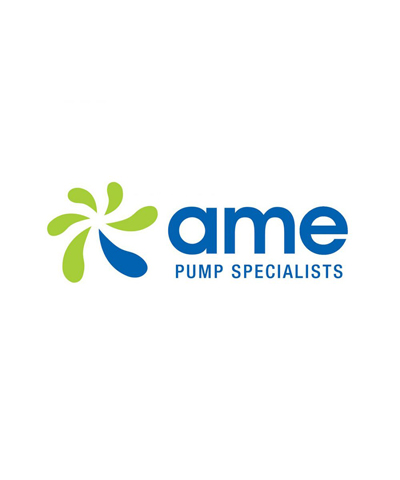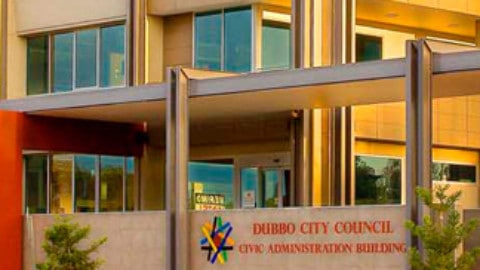With a growing population and a wastewater treatment plant that had reached maximum capacity and the end of its design life, Murray Bridge was in need of upgraded wastewater services to meet the needs of the expected future growth of the township. To cater to this growth, SA Water is undertaking a $52 million project to construct a new wastewater treatment plant, three pump stations and two new pipelines. Careful planning and design were needed to ensure the requirements for pumping infrastructure were met, as well as community concerns, as the plant is being constructed at a new location.
The Murray Bridge Wastewater Treatment Plant, located south east of the township near the River Murray, was constructed in 1970 and no longer has the capacity to treat the existing or expected increase in wastewater created from the population growth of the town.
In October 2018, SA Water contractor John Holland began construction of a new wastewater treatment facility which, once completed in the first half of 2020, will have a capacity of 4.6 million litres per day.
John Holland is also leading construction of three new pump stations and the installation of 18km of underground pipelines connecting the new wastewater treatment plant and the township.
Relocating the wastewater treatment plant
The new wastewater treatment plant is being relocated from the site of the current plant, to a site located approximately 10km south of the township, across from the Brinkley Waste and Recycling Facility.
To help determine the most appropriate location, SA Water considered a number of criteria, such as odour management, distance from urban areas, cost, water reuse opportunities and environmental/heritage conservation.
“A key reason for relocating the new wastewater treatment plant away from the River Murray floodplain and residential areas is to help eliminate the current source of odour and the potential for discharge into the river during high flood events, therefore improving the plant’s environmental performance,” said General Manager of Asset Operations and Delivery, Mark Gobbie.

Constructing the pump stations
The new location of the wastewater treatment plant was also one of the main challenges to overcome in the design and planning stage of the three new wastewater pump stations.
“We needed the sites to have both optimal hydraulic positioning but also blend in or enhance the surrounding spaces.
The selected location for ‘booster pump station 33’ met requirements regarding elevation to the new wastewater pump station site, but was also near one of the main entrances to Murray Bridge, so we couldn’t risk it becoming an eyesore,” Mr Gobbie said.
“Our solution was to incorporate an innovative and unique artwork installation into the pump station design.”
SA Water also reviewed specifications for all pumping equipment as part of the Murray Bridge project, prior to John Holland selecting the pumps that would be installed.
“Our Engineering team analysed the hydraulics, physical installation, materials and mechanical aspects of each piece of equipment.
This helped to provide assurance the pumps will achieve ultimate design intent, i.e. that they will work how we need them to,” Mr Gobbie said.
Choke resistance and efficiency were amongst the aspects taken into consideration during the analysis, as well as maintenance and repair.
“For wastewater pumps, the most important factor to consider is choke resistance.
This is the ability for the pump to efficiently pass solid matter through the wastewater network, and this is the primary driver of a reliable system.
Second to this is efficiency – energy efficiency, and efficiency in managing flow and pressure,” Mr Gobbie said.
“Both capital and operational (including maintenance) expenditure were assessed as part of our competitive tendering process for the Murray Bridge project.
As part of a standard performance proving period, our contractor John Holland will also manage the operation and maintenance of the new treatment plant for two years following completion of construction.
During this time, the local SA Water depot team will shadow our contractors to enable a smooth transition at the end of the two-year period.
“Supply and installation verification, dry and wet pre-commissioning testing, hydrostatic testing and standard factory testing in accordance with relevant industry standards are undertaken as part of our general commissioning process for all of our new pumping equipment.”
Mr Gobbie said an ongoing routine maintenance plan for the new Murray Bridge Wastewater Treatment Plant site is still in development and will be implemented at the beginning of John Holland’s performance proving period, in mid-2020.
Enhancing the treatment process of the plant
As part of the new wastewater treatment plant, a new enhanced treatment process is being installed.
Mr Gobbie said this treatment process includes a biological process called a ‘moving bed biofilm reactor’ (MBBR), and Murray Bridge is one of the first non-industrial wastewater treatment plants in Australia to use it.
“This technology is able to break down sewage into sludge in a more compact and efficient way than conventional methods. The sludge is eventually turned into an organic material called biosolids, which can be used like compost to improve soils and some crops.
“MBBR was included as part of the concept design within the tender put forward by our now contract partner John Holland.
John Holland was chosen as the contractor as part of our competitive tendering process, which aims to provide the best value for money for our customers. Tenders were assessed on criteria such as cost efficiency, technical capability, environmental sustainability and innovation.”

Creating a work of art
To make ‘booster pump station 33’ less of an eyesore, a unique artwork installation is being incorporated into the design.
“Designed by Aboriginal architect and visual artist Paul Herzich, and in consultation with the Ngarrindjeri Regional Authority, the site’s landscape and architectural design focuses on sharing Ngarrindjeri culture and their connection to water with the wider community,” Mr Gobbie said.
“The main feature will be an interpretive walking trail around the pump station, which depicts the area of Ngarrindjeri Country and important water sites within it, including the River Murray, Murray Mouth, Coorong, Lake Alexandrina and Lake Albert.
Blue and brown cladding material, made primarily of corten steel, also references the river system and the creation story of how the Murray came to be. A really special part of the new site will be an art sculpture of Kungari (black swan) eggs, chosen due to the bird’s Ngartji (Totem) significance to Ngarrindjeri people.”
A range of native plant species and various educational signage is also planned for the site.
The current treatment plant will be gradually decommissioned after completion of the new facility in 2020 with some new infrastructure on the site to form part of the upgraded wastewater network.

















